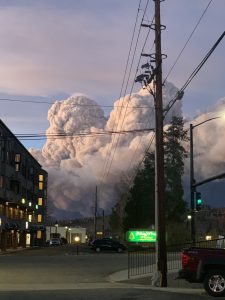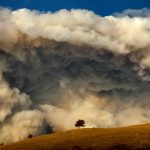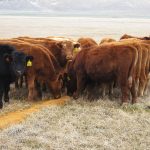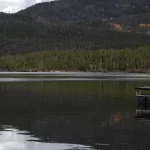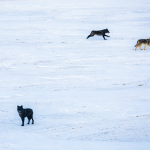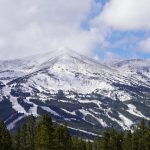Humans caused the East Troublesome Fire, yet ‘fire clouds’ fueled its explosion
Investigation remains ongoing, but with no new updates since 2021
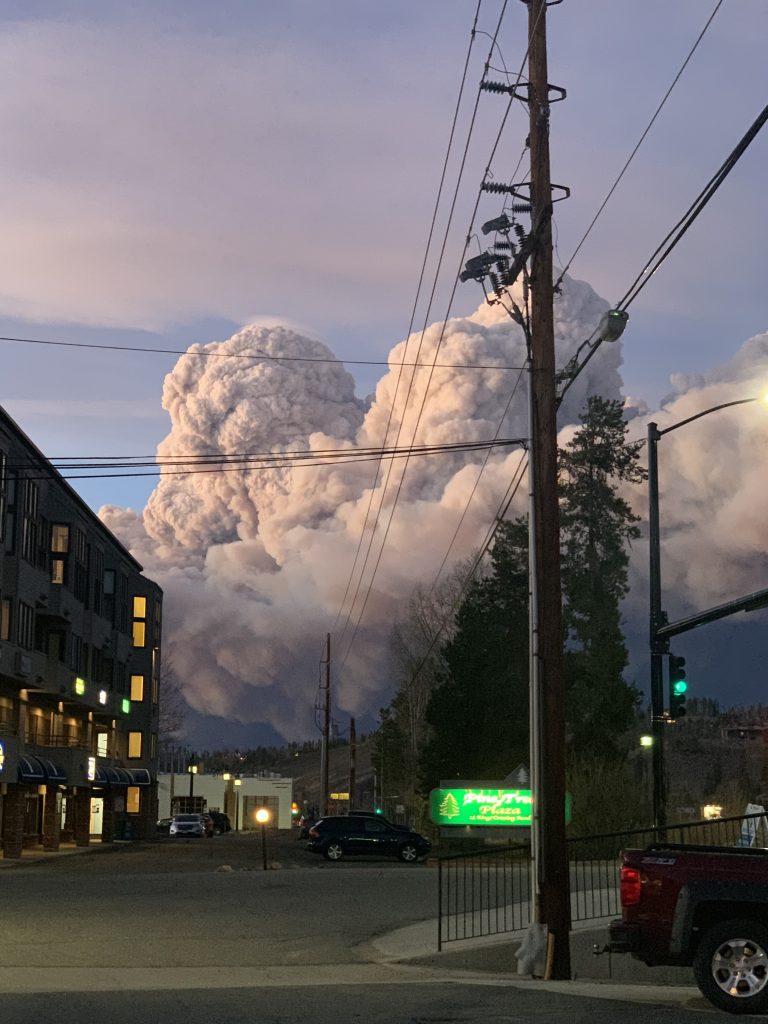
Brian Moore/Courtesy photo
The East Troublesome Fire remains a case study in how fire and weather can combine to create devastating results with little to no warning.
The October 2020 blaze consumed nearly 200,000 acres in Grand County after exploding across the landscape during a windstorm on Oct. 21. That single day accounted for roughly 100,000 acres of fire growth as flames swept through the Grand Lake area and into Rocky Mountain National Park.
Official cause of the fire
Authorities determined the East Troublesome Fire was human-caused, based on evidence collected at its origin point about 10 miles northeast of Kremmling.
At the scene, investigators found a backpack and a gas stove. Although stage two fire restrictions were in place at the time, the use of gas stoves was still permitted. Grand Fire Protection District Chief Brad White noted that the legality of such equipment could complicate efforts to prove criminal intent.
“It was probably a legal activity, and there was an accident involved and it started the fire,” he said. Investigators’ inability to prove intent may have caused them to move with less urgency, White said.
Grand County Sheriff’s Office detectives have assisted while the U.S. Forest Service leads the investigation into the cause of the fire. Perhaps due to the current shutdown of the federal government, the Forest Service has not been available for comment this month, and has not released further details about the cause or the current status of the case. The last update provided by the Forest Service in 2021 indicated that the investigation was still ongoing.
While its cause has yet to be pinpointed, scientists continue to study the extreme conditions that fueled the East Troublesome Fire’s rapid and destructive spread.
The incredible role of weather
White said he believes the winds that day may have been amplified by the collapse of a pyrocumulus cloud: a massive fire-driven cloud formed when heat, smoke and moisture rise into the atmosphere. The downdraft from such a collapse, he said, could have contributed to the fire’s rapid acceleration.
National Weather Service meteorologist Bruno Rodriguez said weather data confirms that strong winds and extremely low humidity were already in place before the fire-generated clouds formed. Gusts of 55 to 60 miles per hour were recorded by weather stations, and localized fire-induced winds may have been stronger along the fire line.
“The fire itself created its own weather, which made conditions more volatile and unpredictable,” Rodriguez said.
The fire’s towering pyrocumulonimbus clouds rose 40,000 feet into the atmosphere, so massive and energetic that they generated their own lightning. Rodriguez said this kind of pyroconvection amplifies updrafts and spreads embers over long distances, which allowed the fire to jump the Continental Divide.
“Once you get that pyroconvection developed, it essentially enhances the updraft,” he said. “It makes it stronger, and that causes stronger wind at the surface in all directions, so it can also result in a lot of long-range spotting. We saw that very clearly.”
Even without that effect, Rodriguez said conditions that day were primed for explosive fire growth: strong westerly winds, humidity in the single digits and an exceptionally dry summer and fall following a weak monsoon season.
Looking ahead, Rodriguez warned that similar conditions are likely to become more common. While fire behavior varies from year to year, long-term trends point to longer fire seasons, longer nighttime fire activity and increasingly unpredictable conditions.
“From a long-term perspective, yes, we’re seeing a clear trend,” Rodriguez said. “These kinds of events may not happen every year, but the potential for extreme fire behavior is increasing.”

Support Local Journalism

Support Local Journalism
The Sky-Hi News strives to deliver powerful stories that spark emotion and focus on the place we live.
Over the past year, contributions from readers like you helped to fund some of our most important reporting, including coverage of the East Troublesome Fire.
If you value local journalism, consider making a contribution to our newsroom in support of the work we do.

